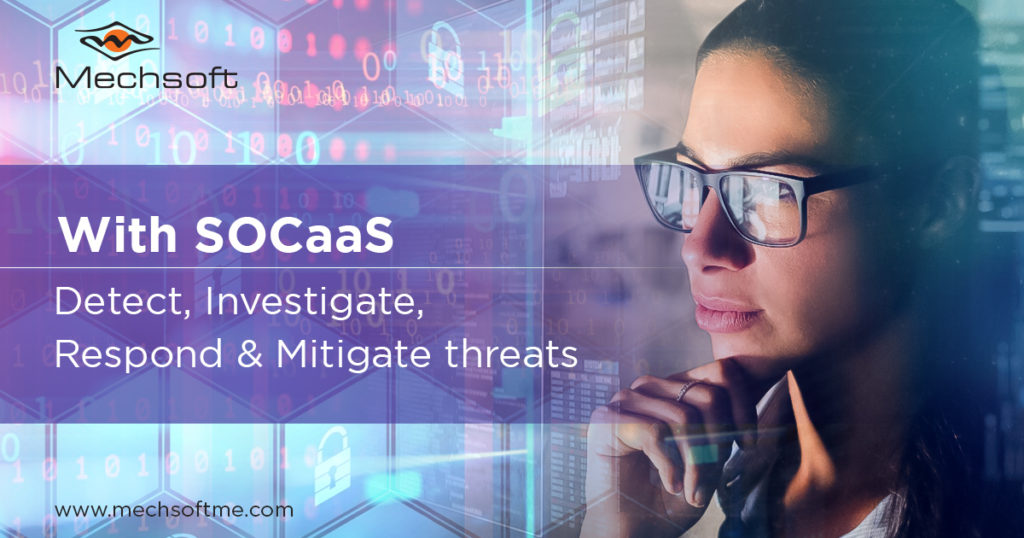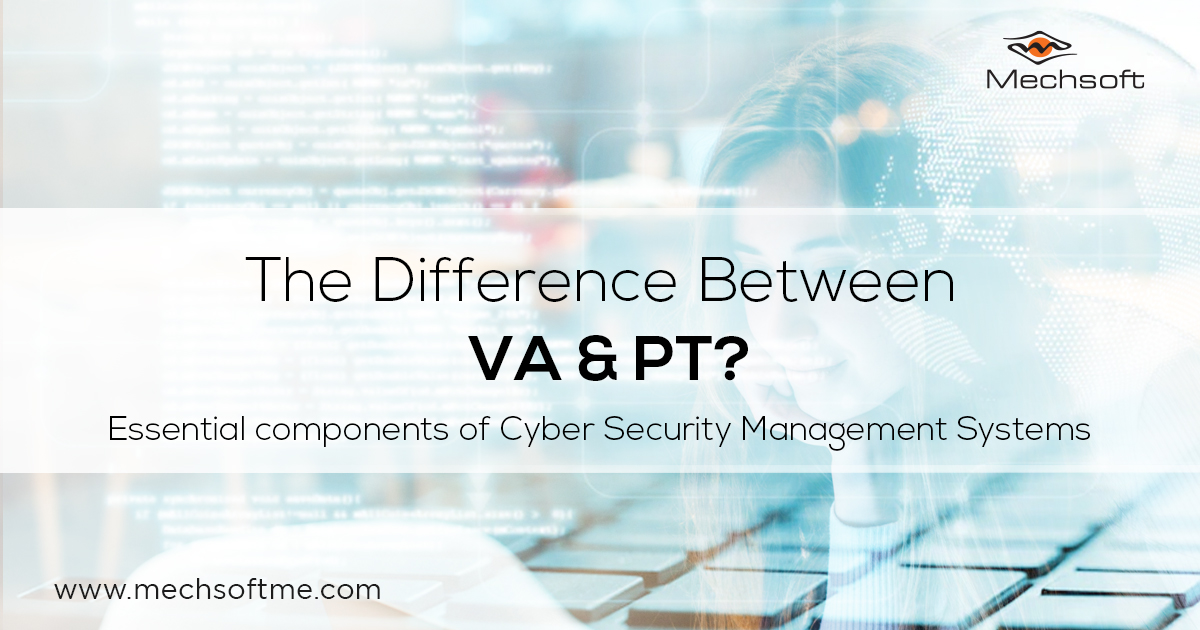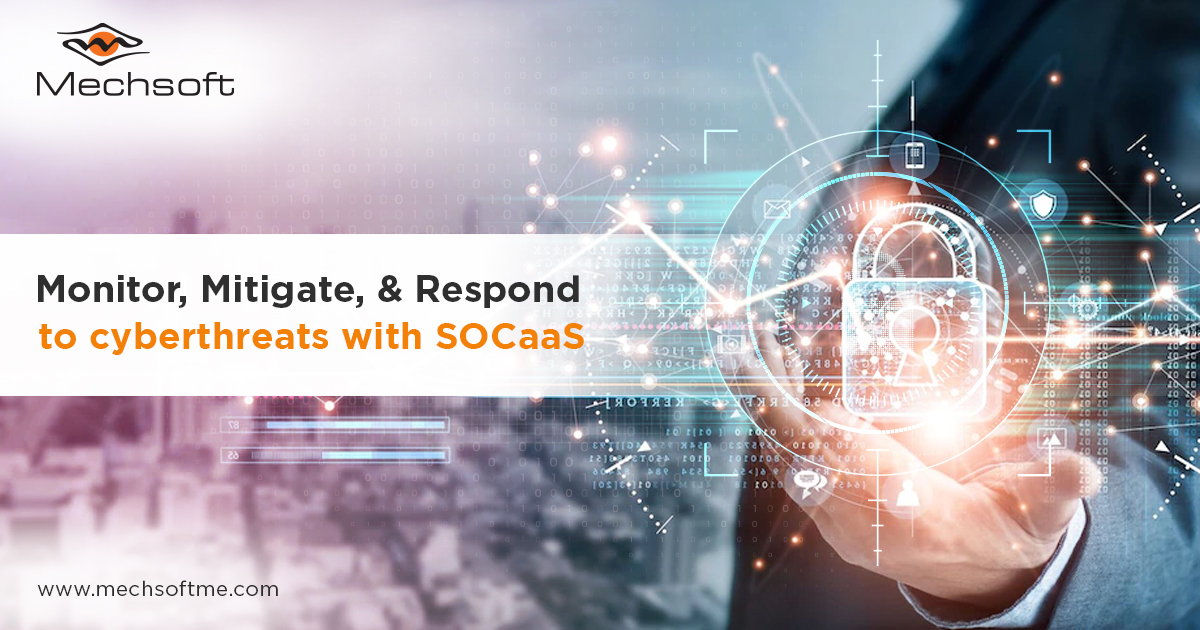Table of Contents
A Security Operations Center (SOC) is a security team that monitors the entire IT ecosystem of an organization. The SOC maintains vigilance on the IT infrastructure 24×7 to minimize threats and the impact of cybersecurity breaches. In other words, the SOC is a team of experts that ensure the security of operations for the entire IT infrastructure by eliminating potential threats and devising plans and procedures to be prepared for any unknown cybersecurity attack.
Critical Positions in a SOC
- SOC Manager – who oversees the entire security operations of the organization.
- Security Engineers – who build the security infrastructure for the entire IT ecosystem.
- Security Analysts – who are first responders to and investigators of threats and cyberattacks.
- Threat Hunters – who detect and curb sophisticated and novel cybersecurity threats or new variants of known threats.
Key Responsibilities of a Security Operations Center
Planning and Preparedness
The primary objective of the Securities Operations Center is to plan and prepare the IT infrastructure for any kind of potential attack on cybersecurity. For instance, the SOC needs to maintain track of an exhaustive list of digital/IT assets that need protection, including databases, cloud services, firewalls, anti-malware, anti-ransomware tools, etc.
Likewise, the SOC also performs routine security maintenance and preparedness checks to optimize the effectiveness of security tools and strategies in place.
Maintenance and preparedness include maintaining a consistent outflow of software security patches, timely upgrades, regularly updating blacklists and whitelists, and scrutinizing firewalls, security policies, and procedures.
Planning and preparedness also include testing the security systems regularly and consistently improving the incident response time. Moreover, the SOC embarks on staying updated at all times, equipping the IT infrastructure with the latest security tech, both for surveillance and mitigation.
Monitoring and Detection
The Security Operations Center stays actively vigilant at all times throughout the year. The team monitors the applications, servers, software, and all computing devices in the IT network.
The SOC keeps a 24×7 vigil for any suspicious activity or signs of known attacks using sophisticated security and information management systems.
One of the ways that the SOC monitors and detects suspicious activity is through log management. Log management allows the SOC to scrutinize every event taking place within the network to identify anomalies.
Scrutinizing the activity log consistently discourages hackers to run viruses and malware, as any abnormal or suspicious activity gets detected immediately. The SOC also utilizes new technologies like AI and machine learning to detect threats and cyberattacks in real-time.
Recovery and Refinement
After a cyberattack hits an IT network, the SOC springs into pre-planned action and minimizes the impact and loss as much as possible.
The team initially works on eradicating the threat and curbing its impact surface by taking several measures like restoration, restarting applications, reconnecting data points within a network, and more.
The SOC also links the entire system to backup servers for minimizing damage and restoring normalcy in minimum time.
The SOC collects new data with every new cyberattack or suspicious activity and enhances its security monitoring. The team uses the new threat intelligence acquired to develop stronger and more robust strategies to tackle vulnerabilities and future attacks.
The SOC also analyzes new cyberattacks and threats to identify new trends in cybersecurity for building a refined approach.
Also Read: Importance Of The Security Operations Center (SOC)
Advantages of Having a Security Operations Center
Consistent Surveillance and Timely Response
Most businesses run for a certain duration, but hackers and other anti-social elements work round the clock. Thus, IT ecosystems in the digital age need surveillance and monitoring at all times to keep threats at bay.
Having an in-house or partner SOC gives you a perpetual monitoring prowess to keep all the hackers and anomalies in check. A dedicated SOC gives you access to security analysts and expert threat hunters at all times, helping you minimize cybersecurity incidents to a great extent.
Likewise, consistent surveillance gives the organization an edge in detecting and tackling threats on time. Countering cyberattacks on time can greatly reduce the impact surface, thereby reducing the scope of loss, financial and non-financial.
Initiating an early response with a pre-planned code of conduct can helps you catch the hackers offguard and prevent infiltration and systemized malware attacks.
Centralized Visibility
The digital transformation of any business can make its IT infrastructure quite complex to manage at a decentralized level. Managing the complex IT ecosystem can become cumbersome for a single manager or a single team with limited access.
Furthermore, large-scale migration of work to remote setups, allowing the network users to use personal devices, and growing dependency on cloud computing poses several security threats.
An established Security Operations Center (SOC) solves the problem almost completely, preventing various vulnerabilities arising out of new-age corporate policies.
A SOC builds integrated network visibility solutions that ensure consistent monitoring of all data points and keeping a check on malicious activities.
Reduction in Cybersecurity Costs
Establishing a Security Operations Center (SOC) can help you save costs in two ways. The first is by hiring an external SOC team.
Building a strong infrastructure for security monitoring internally can get highly expensive as it involves getting multiple licensed and proprietary software tools and hardware equipment.
However, you can derive almost equal value for much less by hiring an external SOC, because the SOC team can optimize the cost by offering services to multiple clients.
Secondly, while establishing or hiring a SOC can be an expensive affair, the long-term benefits much larger. Having an active SOC helps you prevent threats and curb cyberattacks that would cost a fortune, like the 51% attacks on various crypto exchanges.
The cost of cyberattacks on large companies like Amazon or Google often result in loss of billions of dollars. Therefore, investing in a SOC can help you avoid a financial catastrophe.
Comprehensive Security Intelligence
Cybersecurity is a vital part of corporate strategy in the digital age. Hence, you’d need as much information and data about various parameters to create robust strategies to keep your IT network secure at all times.
This includes log data of internal and external clients, malicious activities reported over a period, bugs fixed over a period, type of attacks, etc.
Having an active SOC gives you comprehensive security intelligence that not only helps you upgrade your cybersecurity on the go, but also in framing long-term strategies.
The SOC monitors the entire IT network, right from cloud data to remote devices, giving you substantial information about the health of your infrastructure and the scope of improvement if any.
Thus, you can make informed business decisions from the cybersecurity perspective, saving time and resources in the long-term.
Why Mechsoft is the perfect SOCaaS partner for your organization
Mechsoft offers a SOC-as-a-Services equipped with the latest tech in cybersecurity. The SOC team at Mechsoft includes highly experience threat hunters and defenders trained to deal with the worst kind of cyberattacks possible.
Mechsoft offers comprehensive SOCaaS including monitoring and detection, threat intelligence, advances log management, root cause analysis, advanced orchestration, and more. Likewise, the Mechsoft SOC also includes a Managed Detection and Response (MDR) and SIEM capabilities.



